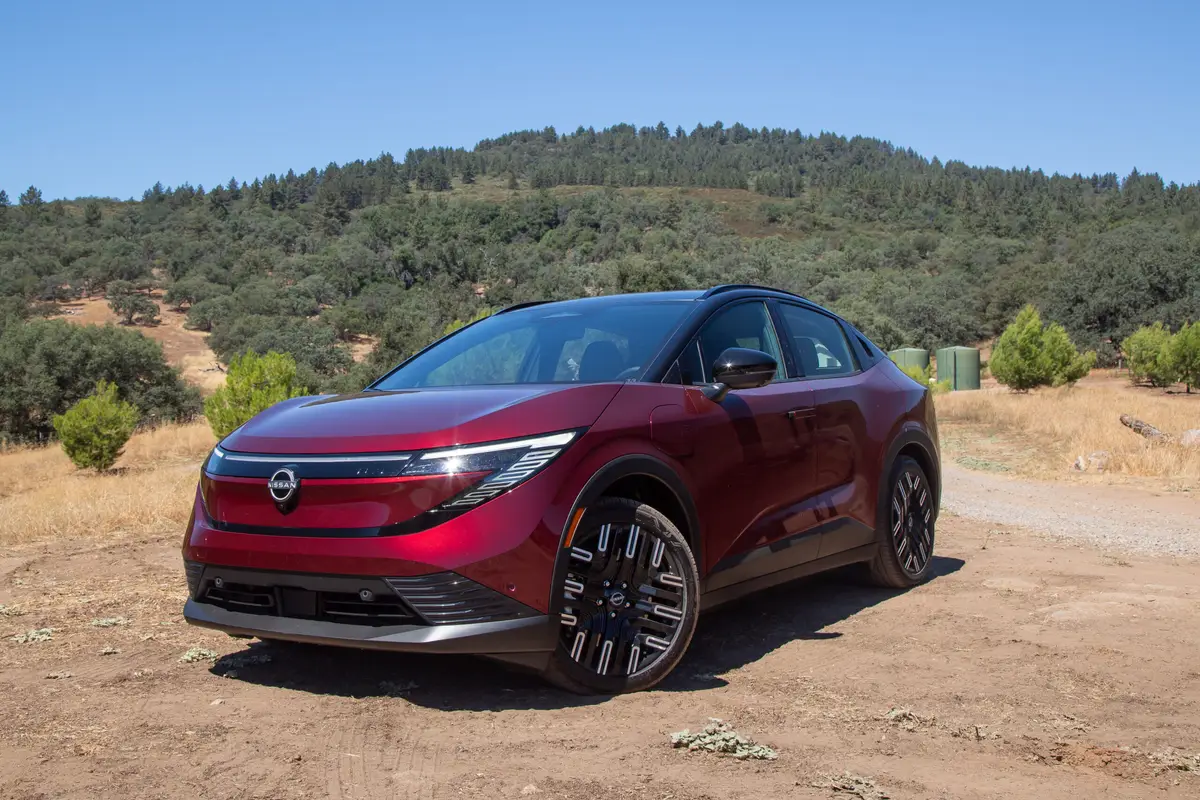2002 Hyundai Elantra: What's New
Vehicle Overview
Hyundais most popular model earned fresh styling and larger dimensions for 2001. In both size and price, the front-drive compact slots between the subcompact Accent and the midsize Sonata.
No change is evident on the four-door GLS sedan for 2002, but Hyundai launched a sporty new companion as a very late 2001 model. Unveiled at the New York Auto Show in April 2001, the Elantra GT is a European-themed, five-door hatchback sedan, while the regular Elantra is a conventional four-door sedan with a trunk.
On sale since June 2001, the GT promises the comfort and handling of a Eurosedan, mixed with the cargo-carrying versatility of a hatchback. A tauter-than-usual suspension for the GT uses higher-rate springs, gas-filled shock absorbers and larger-diameter stabilizer bars. All-disc brakes, fog lamps and five-spoke alloy wheels are installed. Under the hood is the same 140-horsepower engine used in the regular Elantra.
Exterior
Highlighted by strong character lines, the Elantras styling is more chiseled and European-looking than on prior models. The Elantra rides a 102.7-inch wheelbase, measures 177.1 inches long overall, stands 56.1 inches high and stretches 67.7 inches wide.
Interior
Hyundai claims that a longer wheelbase and redesigned interior result in more passenger space in the current five-seat Elantra. The three-place 60/40-split, folding rear seat expands trunk space, which totals 11 cubic feet. Standard equipment includes air conditioning, a four-speaker sound system with a cassette player, a rear defogger, and power windows, locks and mirrors. A six-speaker sound system with a CD player is optional.
A unique instrument panel in the GT features purple-lit VDO gauges. Leather seating surfaces and seat-mounted side-impact airbags are equipped on the GT.
Under the Hood
Both Elantra models are powered by a 140-hp, 2.0-liter four-cylinder engine that mates with a standard five-speed manual or an optional four-speed-automatic transmission. Side-impact airbags are standard, and antilock brakes are optional.
Driving Impressions
The Elantra isns very enticing at first, but it tends to grow on an open-minded driver and turn into an appealing little automobile. Performance with the manual shift is surprisingly frisky, and the Elantra accelerates with spirit. The gearbox and clutch are well matched to the engine, which permits a gentle engagement for easy takeoffs. But engaging Reverse can be a chore at times. Except for a slight growl during acceleration, the Elantra is quiet on the road. Naturally, an automatic transmission is likely to sap some strength from the 140-hp engine.
The Elantra manages to whip through corners and turn with ease almost with a passion that is uncommon for a car of its class. Some body lean is evident in curves, but not enough to be troubling. The ride is pleasantly easygoing for a small car, as the Elantras suspension copes adeptly with rough spots.
Seats are especially attractive and firmly cushioned, with very good back support. Compared to other glove boxes, the Elantras holds more items than most these days. Backseat legroom also is amazing, and even the center rear position isnt too bad.
Handling is noticeably tauter on the shapely GT hatchback, though not dramatically so, and ride comfort suffers only modestly. It is fun to drive, helped by the easy-to-use manual gearshift and well-behaved clutch. The GTs leather upholstery is a pleasant bonus. The gauges on the GT are large, but their distinctive hue isnt the easiest to read at a glance during nighttime driving.
| Reported by Jim Flammang for cars.com From the cars.com 2002 Buying Guide |
Featured stories

Should Tesla Model Y Owners Get the New 2026?


2026 Nissan Leaf Review: Value Victory


